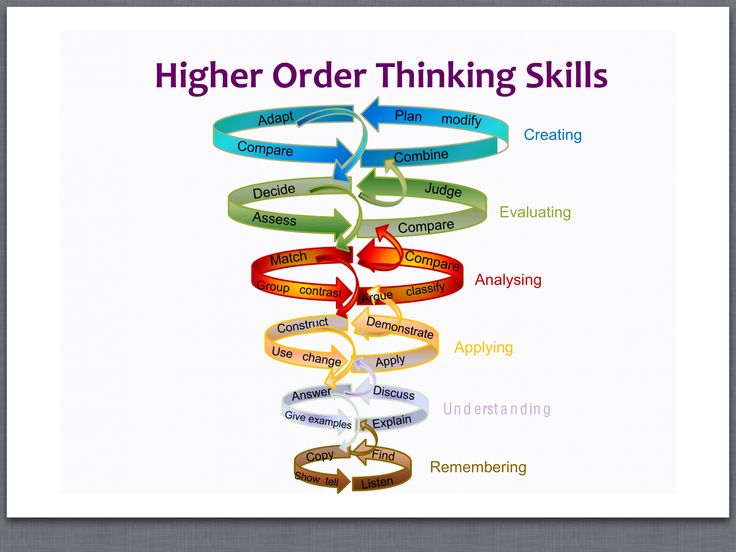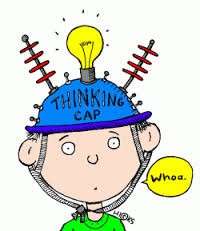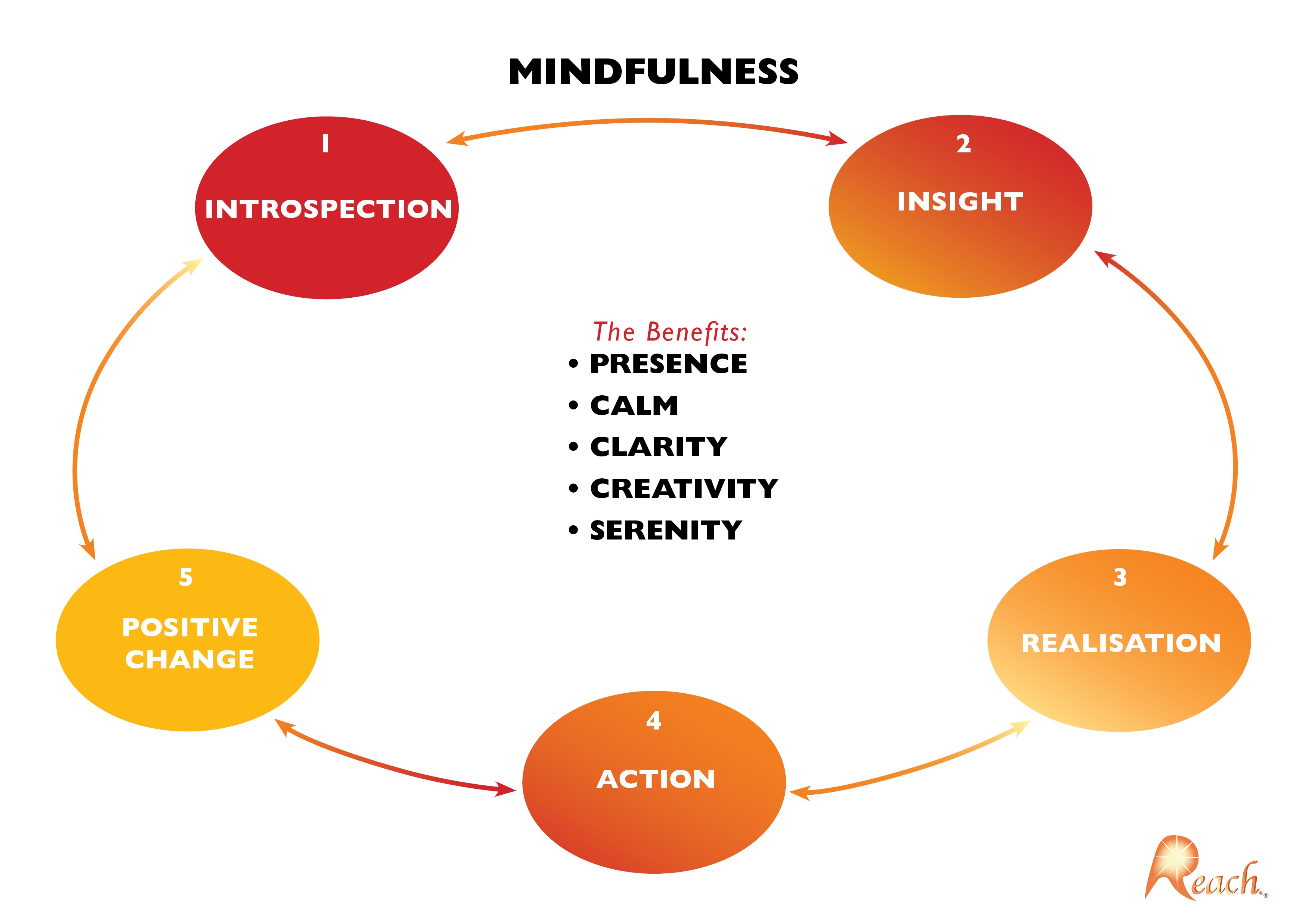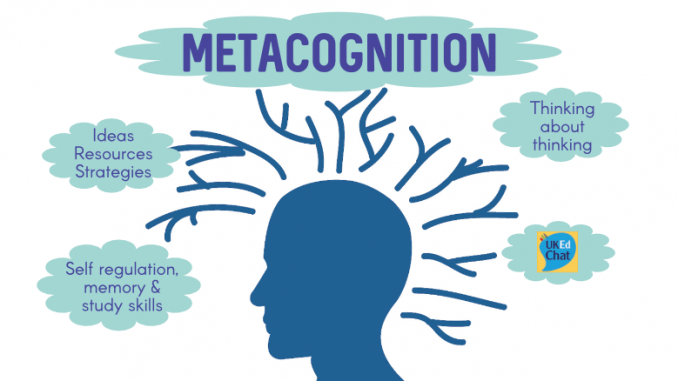
You wouldn’t have thought that essays have much in common with creative writing.
You should also read…
1. Think about your reader

- Teachers or university lecturers – they’re going to be marking your essay, so it needs to answer the question effectively.
- They’ve set the question and they probably have a pretty good idea of how you’re going to answer it – so be original and unpredictable; catch them by surprise with an unusual approach or structure.
- They’re going to be reading many other responses to the same question – so they may well be bored by the time they get to yours. Keep them interested!
- They’re probably going to be pressed for time – so they won’t have time to reread badly written passages to try to understand what you’re getting at. Keep your writing easy to read, succinct and to the point.
2. Three-act structure

- Set-up – establishes the characters, how they relate to each other, and the world they inhabit. Within this first ‘act’, a dramatic occurrence called an ‘inciting incident’ takes place (typically around 19 minutes into a film) involving the principal character. They try to deal with it, but this results in another dramatic occurrence called a ‘turning point’. This sets the scene for the rest of the story.
- Confrontation – the turning point in the previous ‘act’ becomes the central problem, which the main character attempts to resolve – usually with plenty of adversity thrown their way that hampers their efforts. In a murder mystery, for example, this act would involve the detective trying to solve the murder. The central character – with the help of supporting characters – undergoes a journey and develops their knowledge, skills or character to a sufficient degree to be able to overcome the problem.
- Resolution – the climax of the story, in which the drama reaches a peak, the problem is overcome, and loose ends are tied up.
- The central argument of your essay is the equivalent of the main character.
- The essay equivalent of the set-up and resolution are the introduction and conclusion.
- The inciting incident in an essay encourages you to get to the point early on in the essay.
- The equivalent of character development in the second act is developing your argument.
- The equivalent of the supporting characters is the evidence you refer to in your essay.
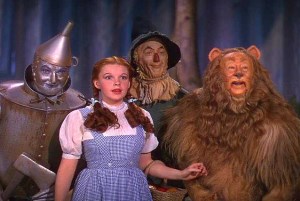
- Set-up – the introduction. This establishes what you’re talking about, setting the scene. The ‘inciting incident’ could be the introduction of evidence that contradicts a common theory, or the highlighting of a central disagreement in how something is interpreted.
- Confrontation – you discuss the different problems surrounding the topic you’re writing about. You develop the argument using various bits of evidence, moving towards an overall conclusion.
- Resolution – the conclusion. You summarise and resolve the argument with your own opinion, by coming down on one side or the other, having weighed up the evidence you’ve discussed. You could perhaps tie up loose ends by offering an alternative explanation for evidence that doesn’t sit with your conclusion.
3. An attention-grabbing opening
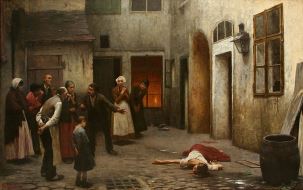
To take an example, let’s say you were writing about how the First World War started. Rather than building up slowly with the various factors, an attention-grabbing opening could (briefly) describe the drama of the Battle of the Somme, perhaps citing some statistics about the number of men involved and killed, and quoting some war poetry about the horrors faced by the soldiers on the Front Line. Then, to introduce the purpose of the essay and launch into your argument about what started the war, a phrase such as, “It seems hard to imagine that all this began with…”. Alternatively, a rhetorical question: “But how did these tens of thousands of soldiers end up in the mud and horror of trench warfare? The story begins several years earlier, with…” It may not be the standard way of writing an essay, but you’ll certainly score points for originality and perhaps ruffle a few feathers.
4. Extended metaphors
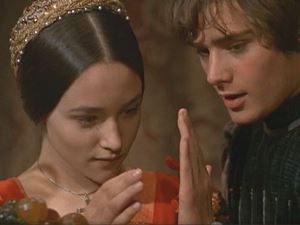
5. Interesting details about setting and location
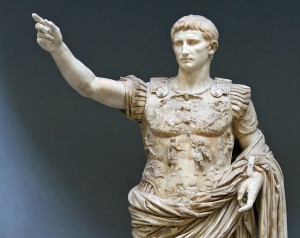
Incidental details like these can actually prove to be more significant than you initially realise, and you can use them to build your argument; in the case of Augustus, for example, his modest lifestyle is particularly important when seen in the context of Rome’s troubled history with kings. As he gradually acquired more power and became Rome’s first emperor, he had to avoid coming across as being too ‘regal’, and the little details we know about his way of life are significant in light of this. So, not only have you brought your essay to life, but you’ve raised an interesting point, too.
6. Editing
Few writers get it right first time. Once you’ve written a first draft, read through it and think about whether the order of your points is optimal and whether what you’ve written actually makes sense. It’s easy in the age of computers to chop and change – you can simply copy and paste part of your essay into another part where it might fit better, and then make minor changes to your wording so that it flows. After you’ve finished editing, have a final read through and check that you’re happy with the wording. Don’t forget to proofread to ensure that your spelling and grammar is impeccable!7. And finally… record your ideas
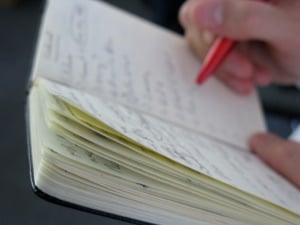
As you can see, there are more similarities between two apparently unrelated kinds of writing than you might have realised. It is, of course, possible to go too far with the creative writing idea when you’re essay-writing: literary devices aren’t always appropriate, and your essay still needs to retain objectivity and conform to the more formal conventions of academic writing. But there are certainly techniques to be borrowed from creative writing that will help your essays stand out from the crowd and give your teacher or lecturer a welcome break from the monotony of essay-marking.
